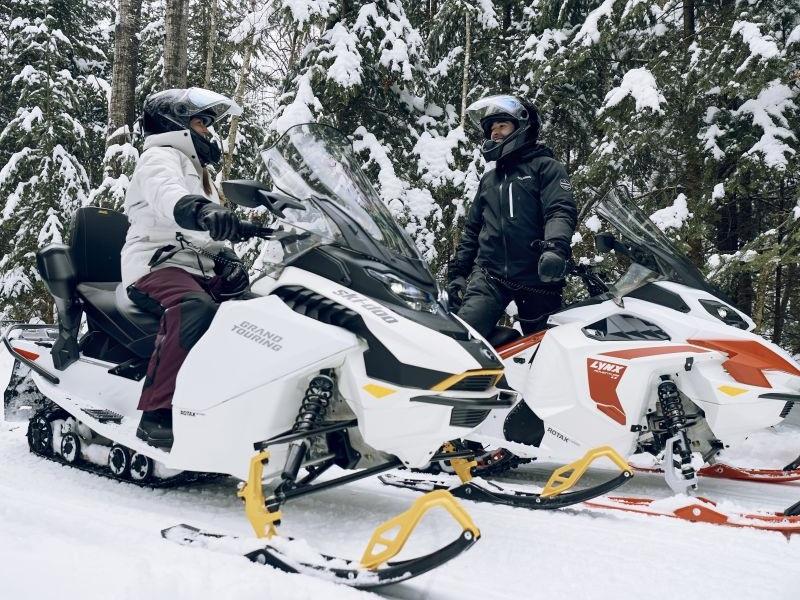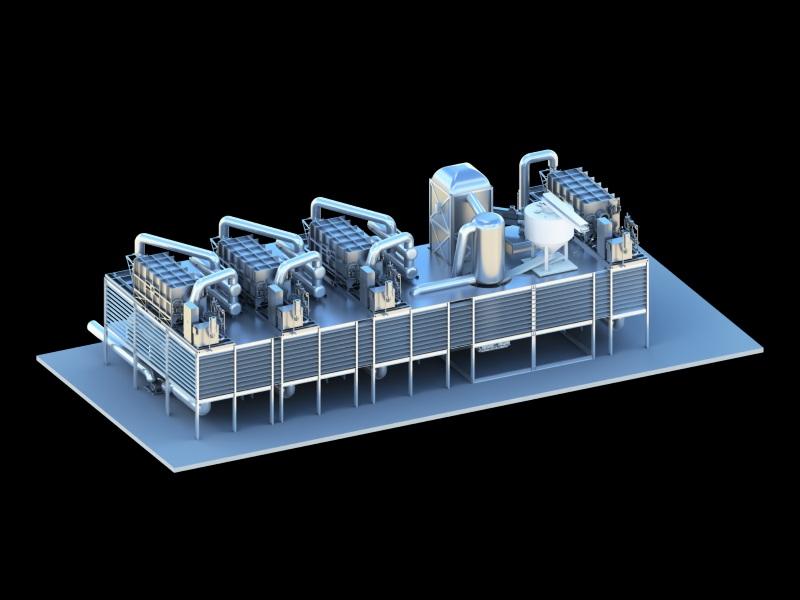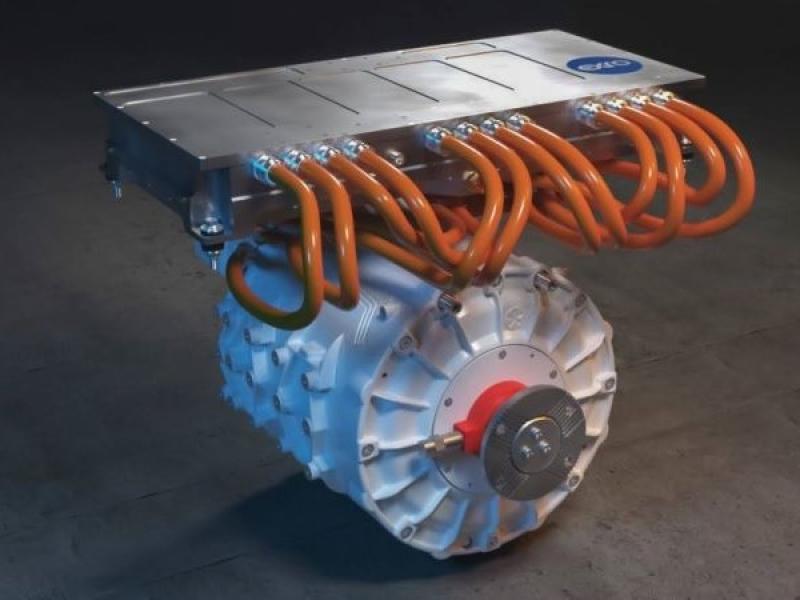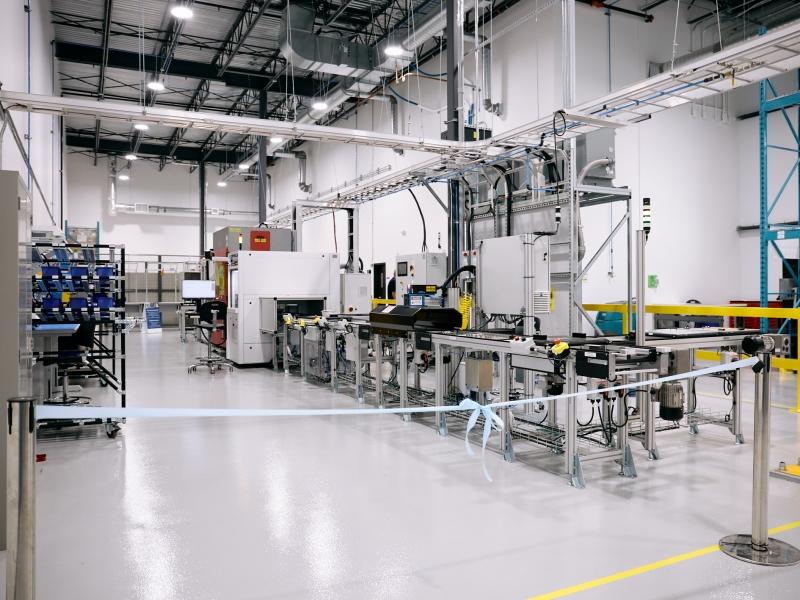
The slowdown in the electric transportation market has led vehicle manufacturer and designer BRP Inc. to take a detour on its journey to more sustainable snowmobiles, all-terrain vehicles (ATVs) and motorcycles.
The Valcourt, Que.-based company is known worldwide for its brands such as Ski-Doo and Lynx snowmobiles and Can-Am ATVs and motorcycles. In 2021, it announced a five-year plan to offer electric models in all of its product lines by the end of 2026, and to invest $300 million into the transition. The year after, BRP set a target to have 50 per cent of units sold be electric models by 2035.
When BRP announced its sales targets, the momentum was on the side of electrification. Major automakers made similar commitments and the Canadian government set a sales mandate to have all light-duty vehicles be zero-emission models by 2035.
But the industry has since taken a U-turn. Automakers are retreating from their electric vehicle (EV) sales targets and governments are less amenable to setting such goals. Electric powersports pioneer Taiga Motors, a fellow Quebec-based company, went bankrupt and had to be rescued last year. BRP’s president and CEO José Boisjoli announced earlier this month the company would reduce and limit its investment into electrification to $25 million per year.
“The environment for electrification has changed, both from a government standpoint but also from a supplier standpoint,” Minh Thanh Tran, the executive vice-president of global corporate and product strategy at BRP, said in an interview with Sustainable Biz Canada.
BRP is not hitting the brakes on electrification, however. Tran outlined the company’s vision as one based on a “long-term perspective” focused on complementing, not replacing, gas-powered off-road vehicles.
“This is going to be complementary to combustion engines,” Tran said. “It won’t replace the industry 100 per cent.” BRP’s success in electrification will depend on “defining the right use cases,” he explained.
BRP's path to electrification
Founded in 1942 as a snowmobile manufacturer, BRP is one of the world’s largest players in the powersports sector.
It began to offer products for the electric transportation market in 2022 with the Rotax E10 powertrain for the go-kart industry. In 2023, it pushed out its first electric snowmobiles: the Ski-Doo Grand Touring Electric and the Lynx Adventure Electric.
Since then, it has added electric motorcycles — the Can-Am Pulse and Can-Am Origin — and the Can-Am Outlander Electric ATV to the mix.
Tran would not disclose how much of BRP’s sales have been battery-powered models to date, citing competitive reasons. In light of the economic and industry headwinds, BRP’s aim is to satisfy specific use cases with its electric models, he said, rather than provide a one-size-fits-all solution. The company is also focused on gauging market reactions and educating customers about the perks of going electric.
“We’re always keeping an eye on this and making sure that we’re able to find that sweet spot of what’s needed for clients,” Tran said.
Electric off-road niches
For example, Tran said electric snowmobiles are a great fit for the tourism industry. The quietly operating vehicles let visitors soak in the natural environment and talk to each other without being interrupted by the noise and pollution from gas-powered snowmobiles.
Electric snowmobiles have a niche in hours-long tourist excursions led by a guide, rather than five-day expeditions in the wilderness where the limited range and dearth of charging infrastructure would pose major problems.
Farmers who have to traverse their acres-wide properties and hunters sneaking up on their prey will appreciate the quieter electric ATVs, Tran added.
BRP being patient with existing line-up

Beside the recent headwinds, BRP also continues to contend with a traditional barrier that has affected the EV sector: higher costs.
BRP’s electric models cost more than their gas-powered counterparts, Its latest electric Outlander ATV costs approximately 30 per cent more than its equivalent 47-horsepower gas-powered model.
BRP is pricing its electric off-road vehicles competitively, and expects the economics will improve as the cost of batteries decreases with increased production, Tran added.
The company’s modular electric power pack also addresses the cost issue, he said. Designed and manufactured by BRP, it packages a battery pack, an inverter, a charger, a motor and the software. It enables BRP to deliver the same technology across different platforms, Tran said, which optimizes the costs and design.
While BRP’s plan for its electric transition has changed, “we’re not shutting it down,” Tran said. Rather, the company wants “to be more patient and make sure it is ready as we introduce new products.”
Having already poured tens of millions of dollars into electrification, BRP opted to cap its per-year investment “so we make sure that we give a best chance for the existing products to succeed before we dilute and invest more into others,” Tran said.
“We want to be there when the line-up and the customers and the macro environment is ready for more electrification.”
EDITOR'S NOTE: This article has been corrected to reflect BRP's first electric snowmobiles were launched in 2023 and its E10 electric powertrain was launched in 2022. Sustainable Biz Canada apologizes for the error.










